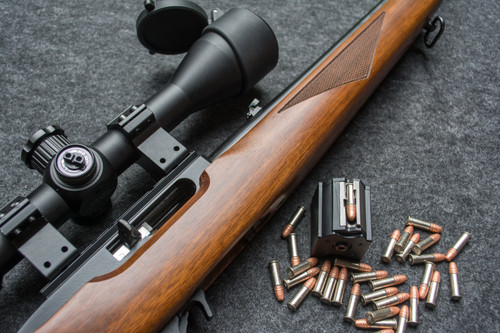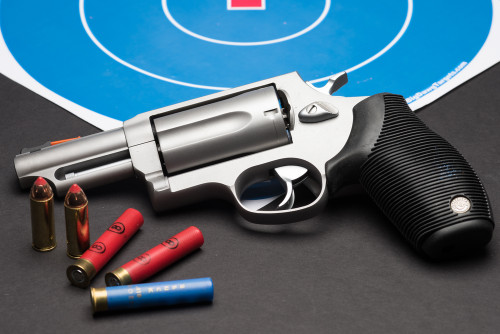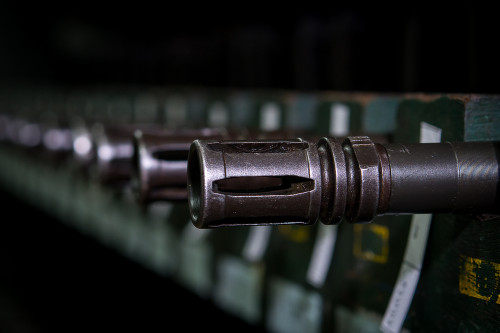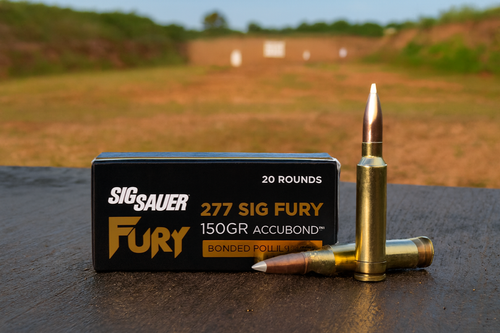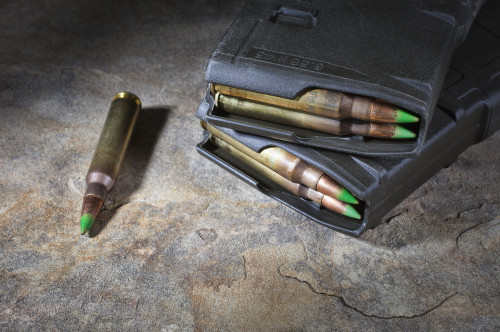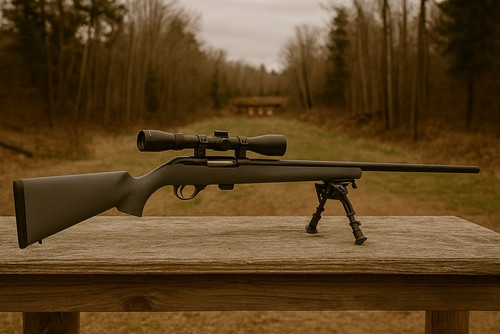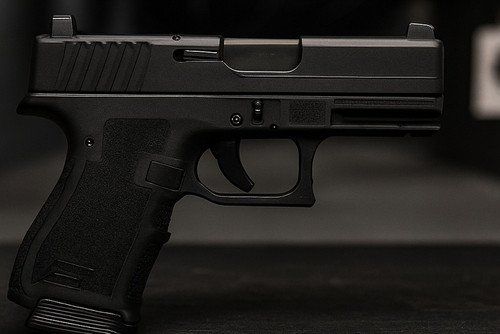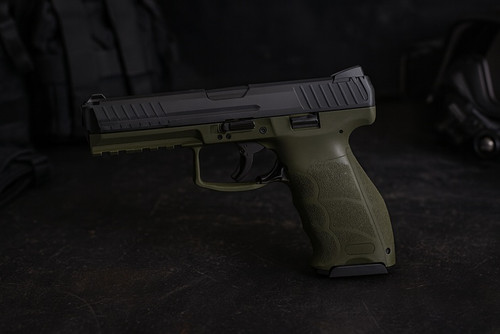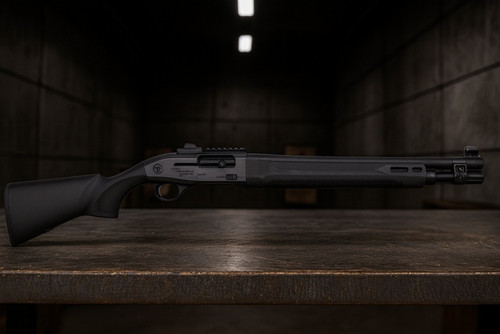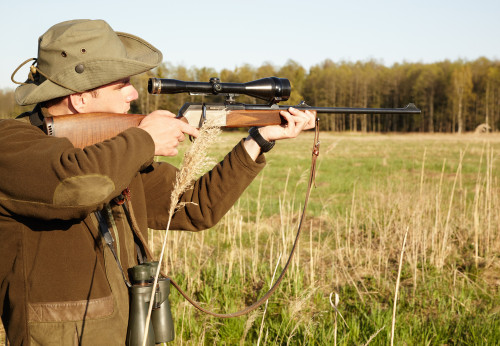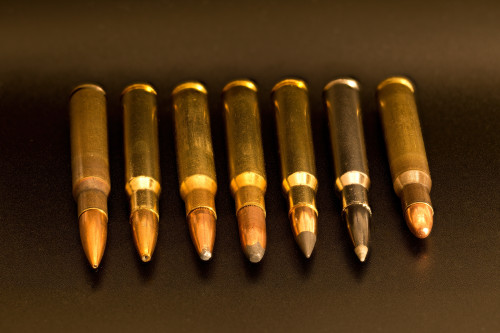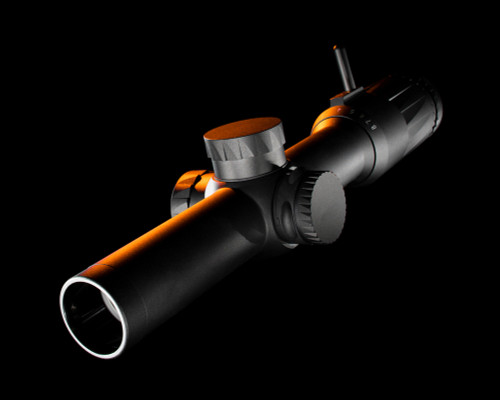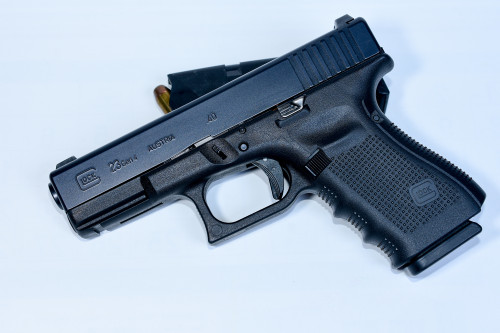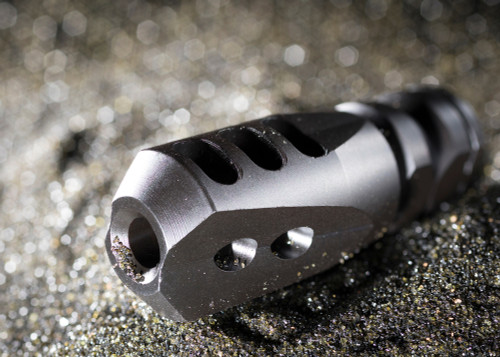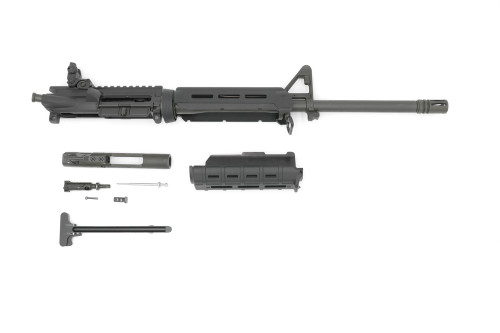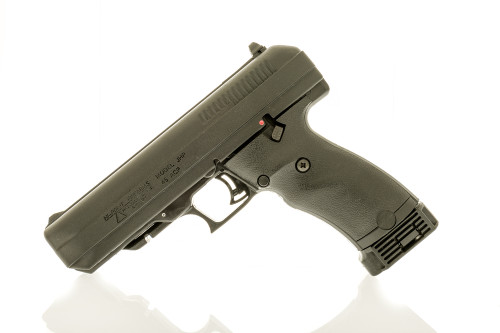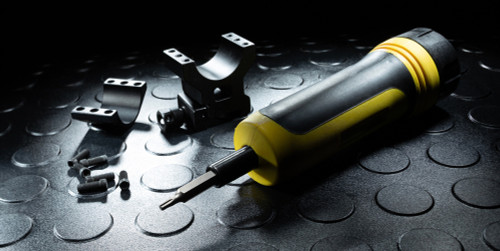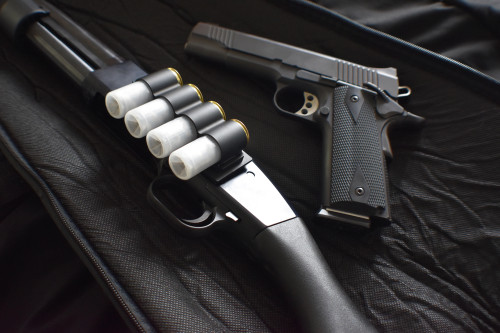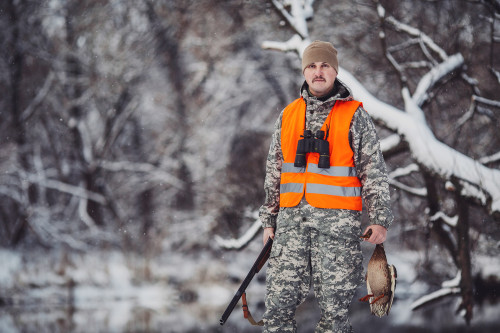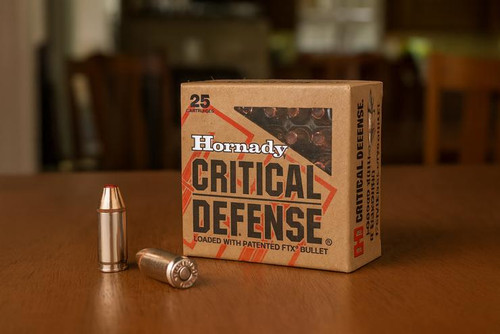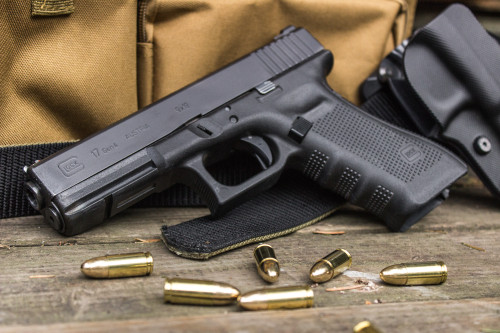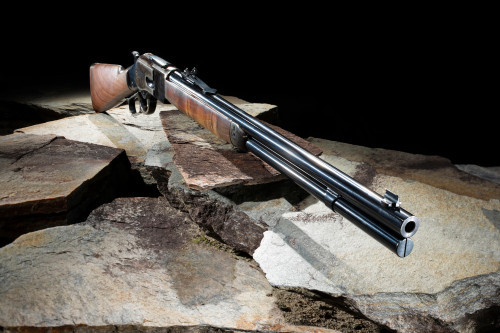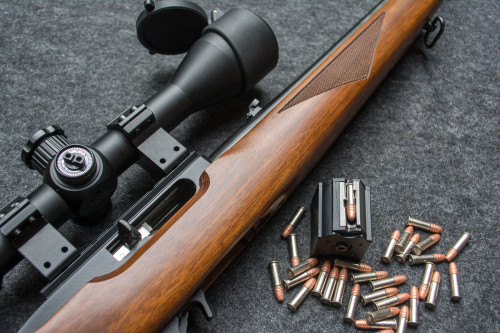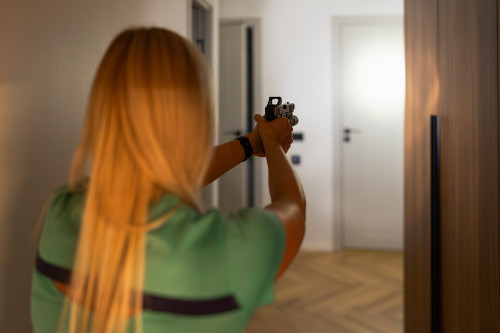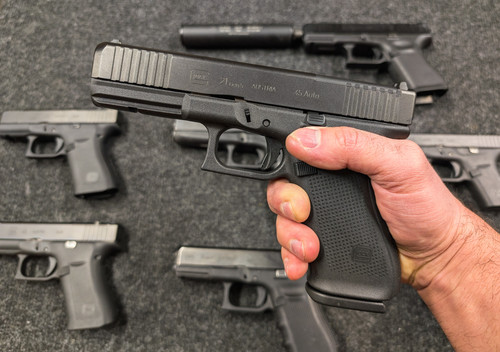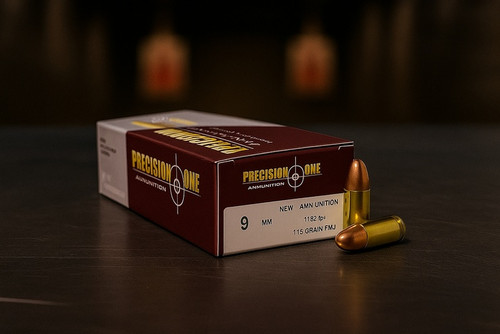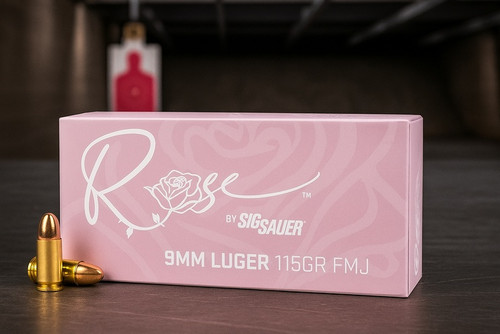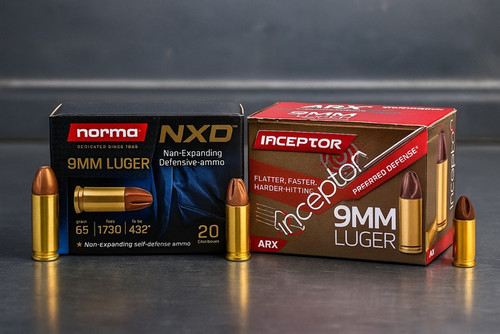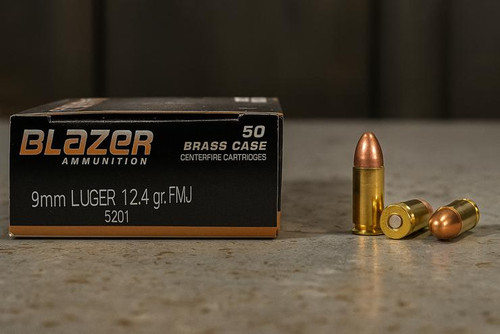There’s no arguing that humans are at the top of the planet’s food chain. But while animals like bears and sharks use their teeth and claws to own their ecosystems, we use our brains to invent new technologies. Aside from a firearm itself, no invention gives a human a predator’s advantage quite like night vision and thermal imaging.
Either of these technologies will make you more capable at night than most other creatures on earth. Tactical newbies may think night vision and thermal imaging are one and the same, but they’re actually two different technologies with two different uses.
Let’s break down the differences between night vision optics and thermal imaging devices and how you can use them for hunting, law enforcement, self-defense, and other applications.
Understanding Night Vision
Developed in Germany in the 1930s, this technology was once only available to combat aviators and elite military units. Now, night vision is a useful tool for both night-time hog hunters and Tier 1 operators.
(Source: www.vedosoft.com)
Night vision devices (“NVDs” or “NODs” for “Night Observation Devices”) work by amplifying an environment’s natural light. The magic happens in a metal tube that contains a light-intensifying material (usually phosphor). Generally, night vision displays in monochrome green, as this was proven easiest on a user’s eyes during testing.
Users usually affix night vision to a helmet. However, there are other mounting solutions, like attaching a night vision scope directly to a rifle (more on that later).
Night Vision Pros
The biggest benefit of NVDs is (obviously) their ability to help you work at night. They’re great for hunters stalking prey after sunset, or law enforcement officers (LEOs) operating in the dark.
Besides firearms, night vision is also awesome for night hikes and stargazing.
Night vision also unlocks a plethora of infrared equipment, such as:
- IR Lights - Infrared lights can help you identify friend versus foe without a huge bright light giving away your position. Just be careful when choosing an infrared device, as some may still give off a small light signature.
- IR Lasers - These allow you to aim when using NVDs, since it’s impossible to use iron sights in the dark. Plus, they don’t give away your position like a fully visible laser.
Night Vision Cons
The main drawback with night vision optics is that they still require some light to function. If you find yourself in a pitch-black scenario (for example, in the depths of a cave or a totally dark building), your night vision devices will be useless.
This is where an IR illuminator comes in handy. They’re essentially lightbulbs that emit frequencies visible only to NODs, allowing someone equipped with night vision to see while leaving everyone else blind.
Another big strike against night vision devices is cost. Even the cheapest analog night vision devices will run about $3,000. This means that night vision is often only available to affluent operators or employees of government agencies.
Finally, high-light scenarios can be disastrous for NVDs. Since they’re designed specifically for low-light scenarios, bright light can damage their carefully-tuned components. That’s why it’s best to keep night vision devices stored in a dark place until the sun goes down.
Three Types of Night Vision
Although all NODs use the same technology, they come in different packages. Here’s a breakdown of the most common types of night vision.
Monoculars
As the most affordable night vision device, monoculars are common among civilians, LEOs, and military personnel. In fact, the PVS-14, a NOD monocular, is part of the current loadout for Army Rangers.
Monoculars consist of a single tube filled with (usually) green or white phosphor. You typically look through the monocular with your dominant eye. You can also mount a monocular directly to your rifle and use it as a night vision riflescope.
Monoculars are a great (but imperfect) example of gear, as they can restrict both your field of view and your situational awareness.
Binoculars / Night Vision Goggles (NVGs)
Night vision goggles (NVGs) are a step up from monoculars. Instead of a single tube transmitting an image into your eye, NVGs use two or more. Since NVGs use both eyes, you won’t run into the eye strain problems you would experience with a monocular.
NVGs also give you a significantly improved field of vision. Some models even use four tubes (two channeled into each eye) to maximize situational awareness.
However, this comes with a trade-off. The main barrier to entry with NVGs is price. For example, L3 Harris Quad NVGs (some of the most advanced man-portable NODs out there) can cost as much as $40,000. In some places, that’s a down payment on a house.
In addition, NVGs are heavy. This may not seem like a big problem until you use them in the field. After an hour or two of running NVGs, you’ll definitely feel it in the back of your neck — and probably the next morning, too.
Digital Night Vision
Digital night vision is a fairly new and still developing technology with a lot of potential. Instead of using a tube filled with light-enhancing material, digital night vision uses computers to simulate light. This removes the most expensive part of a night vision device from the equation, making digital apparatuses cheaper than their analog counterparts.
However, digital night vision has some unique drawbacks in comparison to “true” NODs. For one, the images appear flatter, and more monochromatic to the human eye, making it more difficult for you to identify distances and objects in real time. They also tend to have a bit of latency (lag).
As a result, current digital night vision devices aren’t particularly suitable for duty or self-defense use. Instead, they’re best for uses like trail cameras, which can benefit from digital image processing after the fact.
Understanding Thermal Imaging
Thermal imaging actually dates back to Britain in the late 1920s, nearly a decade before the advent of night vision. If you’ve ever seen the 1987 Arnold Schwarzenegger classic Predator, you’re already familiar with thermal imaging. It’s essentially “predator vision” from the movie.
(Source: www.waidmann-shop.com)
Instead of amplifying existing light bandwidths like NVDs, thermal imaging picks up heat signatures and converts them into colors that the human eye can see, usually red, yellow, and gray hues.
Thermal Imaging Pros
One of its biggest benefits is that you can’t hide from thermal imaging. Thanks to Planck’s Law, anything with a temperature above absolute zero will have a heat signature. In particular, anything that gives off heat (like humans and other mammals) will stick out from their environment like lights on a Christmas tree.
Anyone using thermal imaging can identify a potential threat or target from a long distance away. It also works in complete darkness, unlike night vision.
Many frontline soldiers in the Russo-Ukrainian war are finding this out the hard way. Drones equipped with thermal cameras and grenades are becoming ever more common on the battlefield, and they’re basically a death sentence to anyone they spot.
Thermal Imaging Cons
But thermal imaging isn’t without its shortcomings.
The biggest is a lack of detail. Need to tell the difference between a wall and a piece of steel? That’s hard, since they both give off similar heat signatures. Need to read the words on a sign? Totally impossible with thermal imaging. This lack of detail can also mess with your depth perception up close.
This lack of detail also leads directly to the main problem with thermal imaging devices: you can’t aim while using them.
What’s more, thermal imaging can’t see through glass, so it’s only really applicable in the field (away from buildings).
That said, some devices (like those from AGM) combine night vision with thermal imaging to overcome most of these issues. (More on that later).
(Source: www.chk-shield.com)
Different Types of Thermal Imaging Optics
Like they do with night vision, companies pack thermal imaging optics into several different packages. Here are some of the most common types.
Thermal Monoculars
Like NODs, thermal imaging monoculars work for a single eye at a time. They also limit your field of vision. But since thermal imaging equipment tends to mess with your perception anyway, the limited field of view is less of a problem.
Monoculars are actually some of the most useful pieces of thermal imaging equipment. You can use your non-dominant eye for heat vision, and then use your dominant one to aim your gun.
Thermal Scopes
Some rifle scopes have built-in thermal imaging capabilities, which give you the option to toggle between heat vision and the regular spectrum. They also often provide magnification.
Thermal Imaging Cameras
Cameras can use thermal imaging technology, too. But instead of feeding heat vision into an observer’s eyes in real time, they collect still images and video to display on a screen.
These cameras are a great option if you want to keep an eye on a specific area. For example, you may own some private land that you use to stalk elk. A thermal camera can give you an idea of when your prey is passing through — or if an intruder is trespassing on your secret hunting spot.
Clip-On Devices
These systems attempt to emphasize the useful aspects of thermal imaging devices while minimizing their inherent problems.
To use a thermal clip-on device, first attach one to your rifle like an optic. Then, flip it back and forth over your field of vision. This allows you to quickly toggle between thermal and standard vision.
Thermal vs. Night Vision: Choosing the Right Device for What You Need
We’ve covered most of the details about night vision, thermal imaging, and how they differ. But which is better for your specific situation?
Here’s how it all boils down:
- If you want to spot a target from far away before stalking and engaging it, use a thermal imaging device. There’s a reason high-end hunters use thermal imaging devices when hunting game at night. Since hunters operate outdoors (where you typically don’t need to read signs or see through windows), thermal is the perfect option for spotting deer, hogs, and coyotes moving around in the woods and brush. Since it also works in total darkness, it’s a great move for extremely rural night hunting.
- If you need to see the details of something up close or navigate complex environments, use night vision. That’s why night vision has been standard issue gear for some of the best troops in the world for decades. Soldiers often need to move through buildings, vehicles, and streets under the cover of night — and thermal makes that a bit difficult.
However, advancements in technology are bridging the gap between these two options. New devices now offer thermal overlays on top of night vision. Some devices even combine both displays into one. A hybrid setup like this allows you to combine the best of both worlds: thermal imaging to detect heat signatures at a distance and night vision to pick out crucial details up close.
Cost is still a factor, though. As we mentioned, it can cost nearly $3,000 just to get some decent NODs. An advanced night vision system using thermal overlays may be a bit more expensive than either solution on its own, but it’s probably cheaper than buying both in full.
In any case, building the perfect night vision/thermal setup may cost as much as some people make in a year, but that’s why God gave you two kidneys. (Only kidding — selling your organs for gun gear is illegal).
FAQs
Does the military use night vision or thermal?
The US military uses both night vision and thermal imaging for various purposes. For special operations units like the Army Rangers, night vision is part of the standard kit.
Can thermal vision be used as night vision?
While thermal vision can be used to see targets at night, it’s not a replacement for night vision. Both of these technologies fill a different niche.
What is a night vision scope?
A night vision scope is a weapon-mounted optic that amplifies existing light so you can see in the dark. Usually, it displays in shades of green.
The Bottom Line
Night vision is your go-to for situations where you need detailed visual identification in low-light. Whether you're night hunting or involved in law enforcement operations, it offers the clarity you need to distinguish between targets. On the other hand, thermal imaging's ability to detect heat signatures gives you an edge in complete darkness, cutting through obscurants like smoke or foliage to identify targets at long range.
Choosing between night vision and thermal imaging ultimately depends on your specific needs — but let's be real, these technologies are an investment, no matter which one you choose. So, forget about “budget options” and invest the money in the tools you need for whatever job you’re doing.
While night vision and thermal can enhance your capabilities, none of it matters without a loaded rifle. With only a set of night vision goggles, you’re about as effective as a raccoon.
At Pro Armory, we understand that your gear is only as good as the ammo you feed it. As a veteran-operated company, we take pride in offering quality, affordable ammunition you can rely on in any situation.
Keep your rifle (and yourself) ready for anything. Explore our selection of rifle ammo, optics, and accessories to ensure you're fully equipped to take advantage of your night vision or thermal setup.












